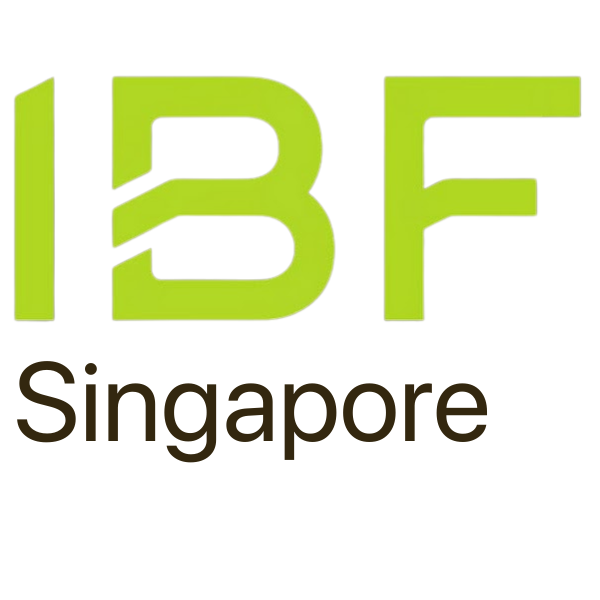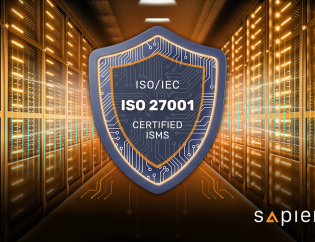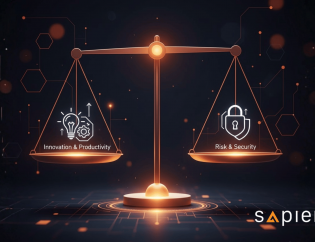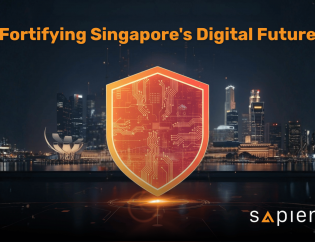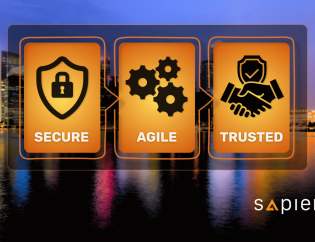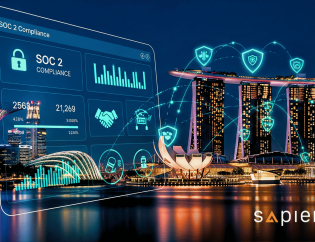Continual Improvement and ESG: A Perfect Match in ITIL 4
Written by:
Principal Consultant
Sapience Consulting
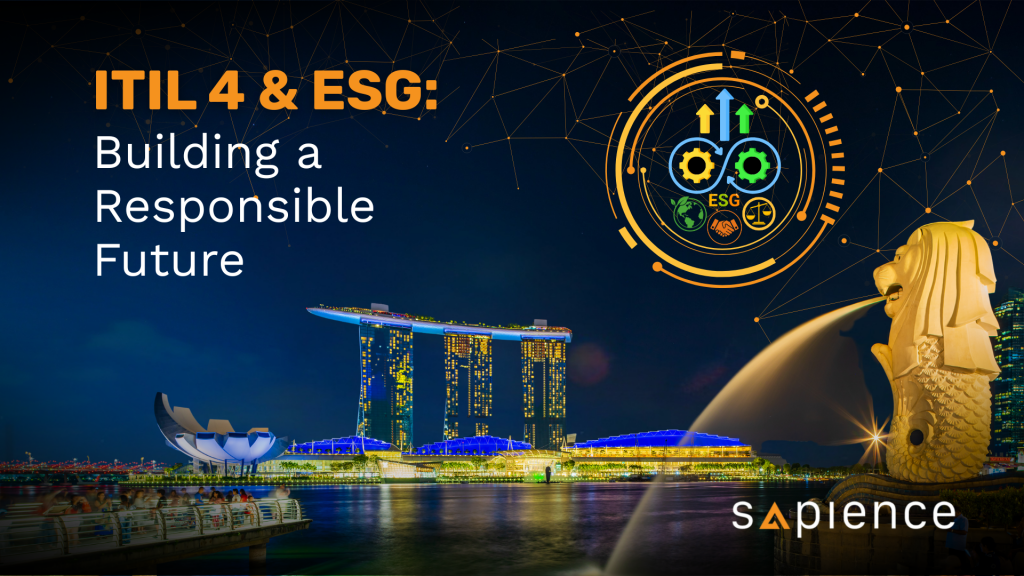
I am witness to the ITIL framework’s evolution over the years to meet organisations’ ever-changing needs as a grizzled ITSM practitioner. One of the developments has been the increased focus on sustainability and social responsibility. The Continual Improvement practice in ITIL 4 is perfectly positioned to support organisations in their Environmental, Social, and Governance (ESG) initiatives. This blog explores how these two concepts intersect and why it matters for modern businesses.

three interconnected pillars essential for sustainable,
responsible, and competitive business operations today.
The ESG Imperative
ESG stands for Environmental, Social, and Governance – three key areas that organisations need to consider to operate sustainably and responsibly.
Environmental factors include an organisation’s impact on the natural world, such as carbon emissions, waste management, and resource use.
Social factors relate to how a company treats people, including employees, customers, and communities.
Governance covers the internal systems and processes that ensure ethical and transparent operations.
ESG isn’t just a feel-good initiative – it’s becoming increasingly important for businesses to remain competitive and attract investment. In fact, according to an Accenture report, 98% of CEOs believe that sustainability is core to their role. The article also reveals that leading CEOs are actively embedding sustainability into their businesses through various initiatives with CEOs increasingly recognising the need to focus on technology for finding solutions to tackle global challenges and drive growth.

Principles align perfectly with ESG initiatives.
ITIL 4 Continual Improvement Practice Steps Up
The Continual Improvement practice in ITIL 4 is all about identifying and implementing improvements to services, service components, and practices. It’s not a one-time effort but an ongoing journey of value enhancement and adaptation. This approach aligns perfectly with ESG initiatives, which often require continuous assessment, improvement, and evolution.
At the heart of ITIL 4’s Continual Improvement practice is the Continual Improvement Model. This model provides a structured approach to identifying and implementing improvements, which can be easily adapted to support ESG initiatives. Let’s break it down and see how it applies, integrating the ITIL 4 Guiding Principles along the way.
For the unfamiliar, the ITIL4 Guiding are a set of universal and enduring recommendations that provide a foundation for effective IT service management. A modern service management compass, if you like. The seven guiding principles are:
Focus on value
Start where you are
Progress iteratively with feedback
Collaborate and promote visibility
Think and work holistically
Keep it simple and practical
Optimise and automate

The Continual Improvement Model:
A Framework for ESG Success

1. What is the vision?
This step involves defining your organisation's sustainability goals and aligning them with your overall business strategy. For example, you might aim to reduce your carbon footprint by 50% within five years.
Guiding Principle: Focus on value
When setting your vision, ensure that your ESG initiatives create value for all stakeholders, including shareholders, employees, customers, and communities.
Ask yourself: How will these sustainability goals contribute to our organisation's overall success and benefit our stakeholders?

2. Where are we now?
Here, you assess your current ESG performance. This could involve conducting environmental audits, reviewing social impact metrics, or evaluating governance structures.
Guiding Principle: Start where you are
Don't wait for perfect conditions to begin your ESG efforts.
Assess your current situation honestly and start making improvements from there.
Use existing processes, people, and technology as a foundation for your ESG initiatives.
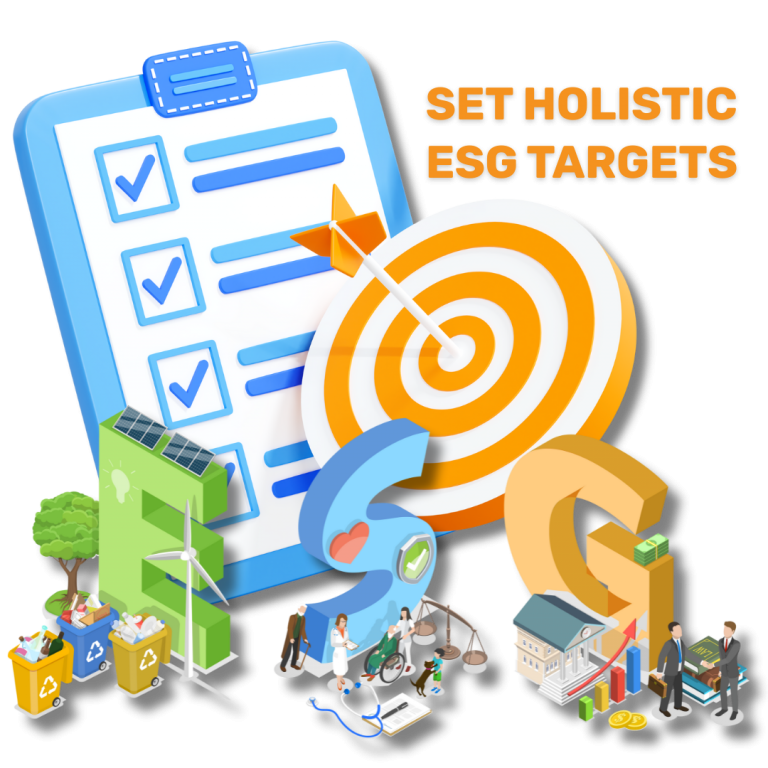
3. Where do we want to be?
Set specific, measurable targets for your ESG initiatives. For instance, you might aim to achieve carbon neutrality by 2030 or increase diversity in technology leadership positions by 30% within three years.
Guiding Principle: Think and work holistically
When setting your targets, consider the interconnected nature of environmental, social, and governance factors. A holistic approach will yield better results.
For example, how might improving diversity in leadership (a social goal) impact your environmental initiatives or governance practices?

4. How do we get there?
Develop a roadmap for achieving your ESG goals. This might include implementing new technologies, changing processes, or launching employee engagement programs.
Guiding Principle: Keep it simple and practical
Don't overcomplicate your ESG initiatives. Focus on practical, achievable actions that can make a real difference. Break down your roadmap into manageable steps, prioritising actions that will have the most significant impact. Think quick wins.
Guiding Principle: Optimise and automate
Look for opportunities to use technology and automation to support your ESG goals. This could include implementing energy management systems, adopting energy efficient technology and data-centres, or investing in automated sustainability reporting platforms.

5. Take action
Put your plans into motion. This could involve rolling out new recycling programs, implementing fair labour practices, , evolving supplier policies to integrate sustainability-based practices, or enhancing transparency in corporate reporting.
Guiding Principle: Collaborate and promote visibility
ESG is a team effort. Involve all parts of the organisation and value network in implementing your initiatives. Be transparent about your goals, actions, and progress. This could include regular updates to employees, stakeholders, and the public about your ESG efforts.

6. Did we get there?
Regularly measure and evaluate your progress towards your ESG goals. Are you on track to meet your targets? What's working well, and what needs adjustment?
Guiding Principle: Progress iteratively with feedback
Implement ESG initiatives in small, manageable steps. Gather feedback from various stakeholders and adjust your approach as you go. This iterative process allows for continuous learning and improvement.

7. How do we keep the momentum going?
Celebrate successes, learn from setbacks, and continuously refine your approach to ESG. It’s cliché and I feel guilty stating it but here goes: “ESG is a journey”. There. I’ve said it.
Guiding Principle: Focus on value (revisited)
As you maintain momentum, continually reassess the value your ESG initiatives are creating. Are they still aligned with stakeholder needs and organisational goals? Have strategies, priorities, the external environment and outlooks changed? Be prepared to adapt your approach. There is no magic bullet.
The Road Ahead: ITIL 4 and Sustainability
As we move forward, the integration of ESG considerations into IT service management will only become more critical. By embracing these principles now, you’re not just preparing your organisation for the future – you’re helping to create a more sustainable, equitable, and responsible business world for all of us.
The Continual Improvement practice in ITIL 4 offers a powerful framework for organisations looking to enhance their ESG performance. By applying the Continual Improvement Model and embracing the ITIL 4 guiding principles, businesses can create a structured, holistic approach to sustainability and social responsibility.
As ESG continues to grow in importance, ITIL 4 is evolving to rise to the challenge. The recent introduction of the ITIL 4 Specialist: Sustainability in Digital and IT module demonstrates the framework’s commitment to addressing these crucial issues.
This new module provides guidance on how IT and digitally enabled services can positively impact the environment and society. It offers a practical grounding in key sustainability principles and shows how to apply the ITIL guiding principles to create sustainable digital products and services.
Good luck. The planet and it’s inhabitants are counting on you!
Check out our IBF and SSG funded courses! There is no better time to upskill than now!
